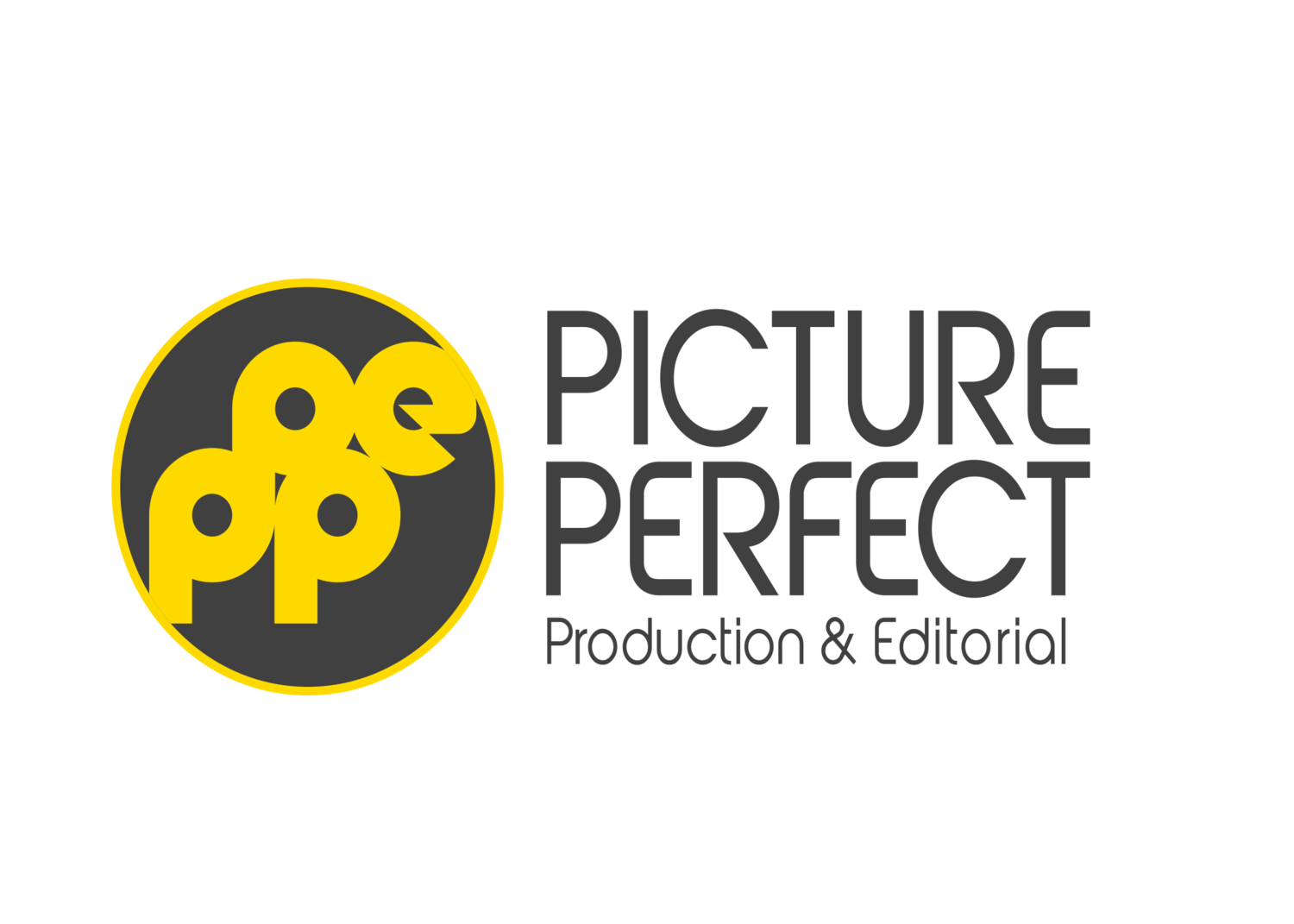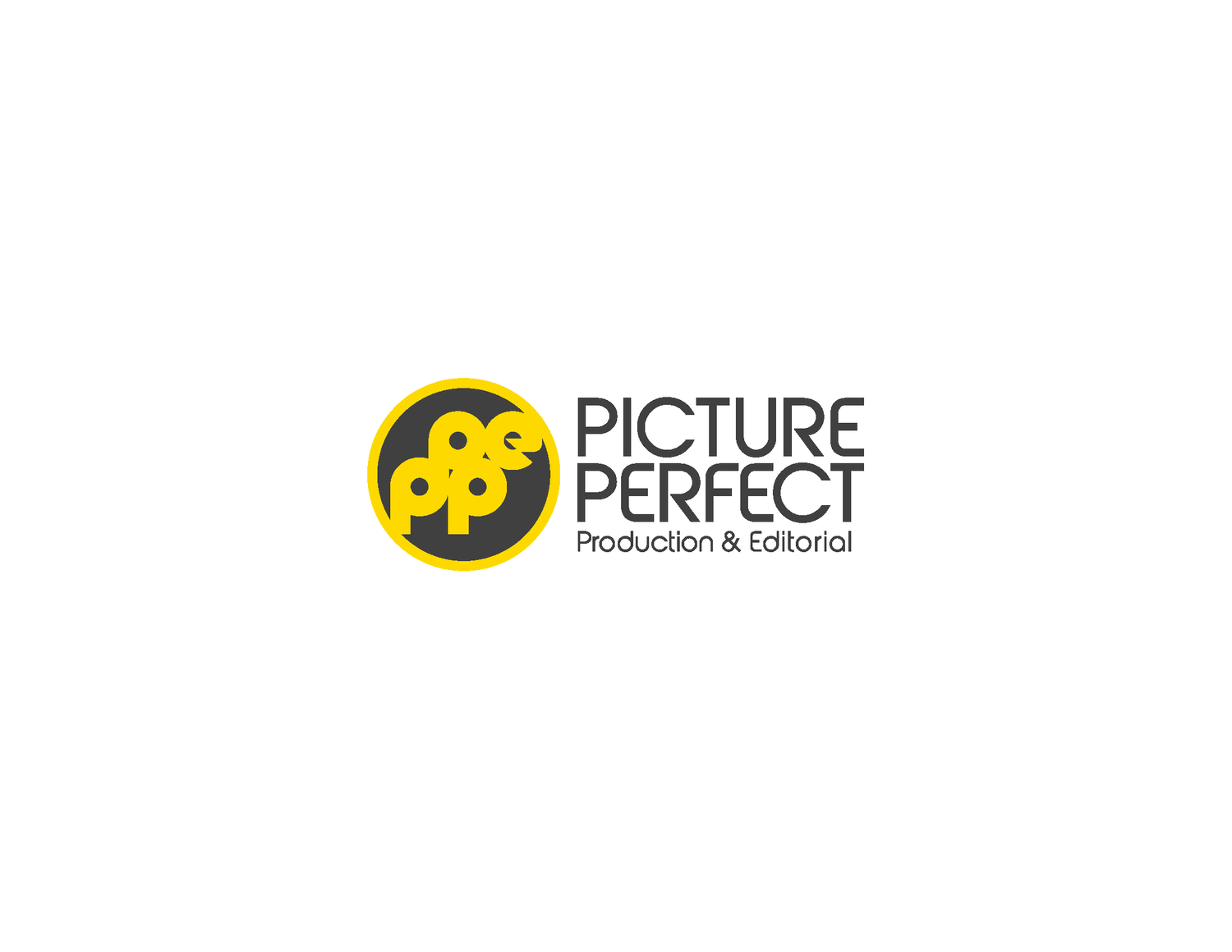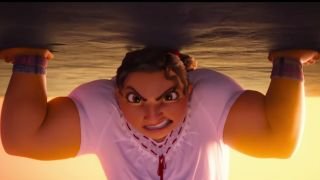Diversity & Representation in film
An in Depth series on Picture Perfects Diverse perspective ~ A collaborative blog narrative
“Diversity is about creating an environment where a person can bring their whole self to work.”
Picture Perfect team with the iconic Patty LaBelle
This month we are shining a light on Diversity and Representation, but we realize this topic requires more than just a simple blog entry, and so we embark on a journey to dive deeper into the ins-and-outs of Diversity and Representation in film, and how you can make actionable decisions in your everyday life to be an agent of change, ultimately ending the cycle of exclusion.
This first entry is an overview of the main points regarding Diversity. In our next chapters, we will be diving into specific content across media and discussing the principles developed to ensure the equal and truthful representation of the dynamic people in our world.
Diversity
Who was invited to the party?
When we speak of diversity, we can almost miss the nuance of what is beneath the surface. Diversity is the visual representation of variety, but to be truly diverse, one must include a diverse culture.
Representation
What were they wearing, how did they sound, what did they talk about?
Developing a project that remains inclusive can begin in the earliest stages; ideation, content, story, writing, dialogue all the way down to casting. Developing a project that speaks to an audience means creators need to consider the perspective of the different kinds of people who make up that audience. Representing a realistic and truthful story for a character means considering the details of their life.
Picture Perfect has been defined as a safe space, a home, and even a family to our team. We are a community, and we stand together with open minds and hearts to all we meet. A Picture Perfect set is a space free of judgement, where our team is invited to connect and thrive creatively. We proudly have an extremely diverse crew across the board.
Ray, Willie, and Chelsea on location in Pensacola, Florida.
Picture Perfect Team
Why is it important to seek out equal representation?
Diversity and Representation bring new ideas and different perspectives to any work or social environment. We need to break apart the sameness to prevent shouting into an echo chamber and continuing a cycle of exclusion. Actively surrounding oneself or a project with a variety of people can shift the world view to see the sameness that resides just under the surface. The same daily frustrations, the same internal struggles with identity. When we cherish what makes us different and seek for what makes us the same, we can begin to broaden our horizons and expose ourselves to a new point of view.
As filmmakers it is our duty to amplify the voices of the many, and to represent this truly dynamic world as the diverse place it is. We have a power to help others see the world as they never have before. Film embodies real life, and in such, it must reflect the melting pot we all reside in.
Is the casting of people of color in any roles, even if they are stereotypes, better than less, or none at all?
o By not developing realistic characters, and simply casting to check the diversity boxes, creators are only reinforcing the stereotypes when the people of color don’t have a story of their own and the characters lack substance and thought. It becomes increasingly frustrating to watch content and constantly feel as if one cannot relate to the characters within their own individual journeys.
o The first character that comes to mind is Iris from The CWs Flash. The showrunners intentionally changed the race of the character before casting, but when they fleshed out her life, they failed to add details that might be relatable to African American viewers. In Season 5, Iris West begins to wear her hair more naturally, and it was received with enthusiastic accolades.
The Problem with Content
The Black Best friend
There is an excellent episode of the podcast Incluvie that delves into the topic of the Black Best Friend. They touch on the characters that you can find in teen movies (for example; Dion from Clueless), and it’s continuance as a stereotype today. We have done well as a community of creators to break this trope down, but the presence and lack of understanding its significance has come too far.
Speaking with a friend who wishes to remain anonymous, we were able to gain a new perspective on the use of such characters, and why they can be damaging to a youth in their search for identity.
“You never see your character “go through things” You begin to embody what you think you are supposed to, what you see “everyone” else doing. And your’ white friends, some unknowingly, also embody what they see.” ~Anonymous
Where are we today compared to the 80’s and 90’s?
Today, we see more diversity than ever before. Truly, change is underway. The issue lies in the course of change. In the 1980’s, Hollywood and the like, began utilizing more people of color, but in stereotyped roles, or last minute write-ins, and it showed.
in the 1990’s, there was a solid wave of representation, but it was latent with mockery and often resulted in stereotypes which colored the future perspective irresponsibly. We were introduced to new stereotypes, and roles dreamed up by people who had no insight into the characters they were writing for. The lack of representation behind the scenes became more apparent.
“Being Neuro divergent hasn’t always been easy, but working with Willie and Picture Perfect is the first time I feel what makes me different is truly celebrated.”
In the early 2000’s, we were kindly informed that Disney was “trying” by adding a bunch of casual side characters to shows, but leaving out any form of story or culture that might imply they are different. Later, we saw shows like That’s So Raven and The Proud Family, which tried to offer a bit more authenticity.
So what was missing you ask? Well, let us tell you,
The leading Asian roles were all but non-existent in the romantic genres up until Crazy Rich Asians came along.
Women rarely passed the Bechtel test, talking about men in every scene.
Neuro-divergents or individuals with disabilities were almost never a part of a story that didn’t circle their short comings.
We could go on, but we wont.
Today we are seeing content that doesn’t only feature the pain of being different, but instead portrays characters in authentic situations. We have kids shows that portray a lead role in a wheel chair and never mention the chair. Because the story is just about his epic adventure, becoming a new member of a super hero group. Other kids who can relate, will just see a story without being reminded of the pain the are already familiar with. We cant just stop talking about the pain though! We have to talk about MORE than just the pain in order to truly accomplish authenticity.
“I like more of the movies that are set outside of slavery and civil rights. I want movies that represent individuals I can relate to.”
Where does it start?
The process of creating diversity starts by creating characters that can be played by anyone and seeking out the best person for the role then making adjustments to the character to match the culture of the actor, thereby creating more authentic representation.
How can you do more in your everyday life and as a leader in your business?
Recruit
Seek out “other” into your life or work place. Get to know someone in your daily life that you have yet to connect with intentionally. Show a pointed interest in exposing yourself to content that you may not yet understand or fully relate to. Allow yourself a new perspective, and become an agent of change.
Sponsor & Mentor
As a leader, it is not enough to just open a door. The hard working individual will do the work if they are given an opportunity. It is our gracious obligation to our community to foster relationships with a diverse spectrum of individuals. Without many voices we may never become a chorus. Facilitating the network for those who may usually be left out, is just one way a leader can create change.
Promote
Promote by position but also when you are in a room that they are not in. Talk about people and how they impress you. Make an effort to connect with those around you who may seem to fall into the “other” category. How have you bridged the gap to help them feel included and part of the community?
The same is true for small businesses and even content. Promote the businesses you utilize that may be Black owned, Asian owned, Female owned, LGBTQIA owned. Talk about the products and the content with authenticity. For that matter, search for content outside your sphere and shift your world view with intention. Listen to African music. Check out K-pop. Try the Panaderia down the street, the tamales are to die for. Follow artists and influencers that dont look like you. Watch a film in its native language and read the subtitles, their voices matter and hearing them is a small way to promote the progress of inclusion.
“Every member of our team adds their perspective and I genuinely feel like all of our personalities are respected and celebrated.”
Why are we talking about Diversity?
Well, Willie truly nailed it, the conversation is not a one off. We have to keep coming back to these conscious, intentional, principals and assess how they are being used. Are we doing everything we can to create an equal opportunity workplace?
“When the idea for this month’s blog topic came up I thought to myself ‘I haven’t seen too many folks put anything out there on diversity and I think it is a great way to speak that narrative, because a lot of times we talk about it, and then later on we just continue work as usual. But it’s good to bring it up from time to time and talk about it. That’s how we grow together.”
“Iris has a very specific look, and I think people were just used to seeing her in a certain way, and it didn’t feel like there was a lot of opportunity for change, to [see me] with my natural hair,” Patton said. “The thing about Black women, especially, is we have so many different hairstyles, and so, I think for a lot of people who see themselves in Iris, they were like, ‘Why does she always have her hair straight and down and in this certain way? It’s just not realistic. It’d be great to see her with, like, a hair bonnet on at night when she goes to sleep or her natural curly hair, and so I’m really glad we got to explore it one of the episodes.”
Atlanta Film
Atlanta has sought diversity and fought to be heard at every turn. When the film boom first took hold, Atlanta creatives rose up to echo the needs of our brothers and sisters and be a beacon in American film culture. There is always progress that needs to be made, but its a point of pride for Picture Perfect to be a part of Atlanta’s divers film history. Our Senior Producer, Chelsea Philips Tafoya, conveys our sentiments perfectly.
“One of Atlanta’s greatest strengths has always been its resiliency. The continued fight and ultimate victory of the undermined. The fight to be heard, recognized, and simply treated humane. Though this fight continues, we have arrived at the aftermath, and that is celebration. Celebration of life. Celebration of differences. Celebrating our variety of life experiences, culture, and perspectives, and using those differences as our strength. We are proud to be founded in Atlanta. To continue to carry the torch, blazing a path for the ultimate future.”
Did you know?
In the History of the Academy awards, only five women have ever been nominated for the best-director Oscar, and only one has ever won, Kathryn Bigelow for “The Hurt Locker.”
89% of all Oscar nominations in the last 10 years have gone to white people.
Only 6.3% of nominations have gone to black creatives, 2.6% to Latinx, and 1.4% to Asian people.
In the last decade, there has only been 74 nominations to people of color and in 2011 alone, 72 nominations went to white people.
The top categories receive over twice as many nominations for man than women.
We have made progress with representation in this country, but it isn’t happening fast enough. It wasn’t until 2015 that the Academy openly acknowledged the need to adapt and apply a stronger effort in Diversity.
It was a groundbreaking year when Parasite won best picture which was created by Bong Joon-ho.
Content with Representation
Of course, this is just a quick list of things that caught our attention.
Atlanta
Never Have I Ever
Dear White People
Sex lives of college girls
Waves
Kim’s Convenience
Squid Games- International content
Bridgerton
Encanto
Turning Red
Team Zenko Go
Picture Perfect Diversity
Our team is made up of an eclectic and gifted network of individuals who are passionate about what they do. We can honestly say that we have always been a hub for the chorus of many. Picture Perfect is an Inclusive representation of Atlanta, with a diverse background and point of view. We are led by a pioneer in the industry and a modern tycoon in her field. Willie and Chelsea have exemplified what it looks like to give opportunities to the under represented. It isn’t an act of charity, its just a matter of opening doors and being a positive point of leadership in a world severely lacking.
“When we are on set, as a director it is really comforting to know that we have representation of different backgrounds and we love having different perspectives! When you are telling stories you need to attack it from different angles and viewpoints. We work together knowing that we are all the same but celebrating what makes us different. There is a respect there with this team.”
We definitely stand together on this one. Many voices resonate together, while a single voice echoes its own song. We are stronger together.
Thank you for reading and please let us know…
What are your favorite pieces of content with strong representation?
#KeepitPicturePerfect






